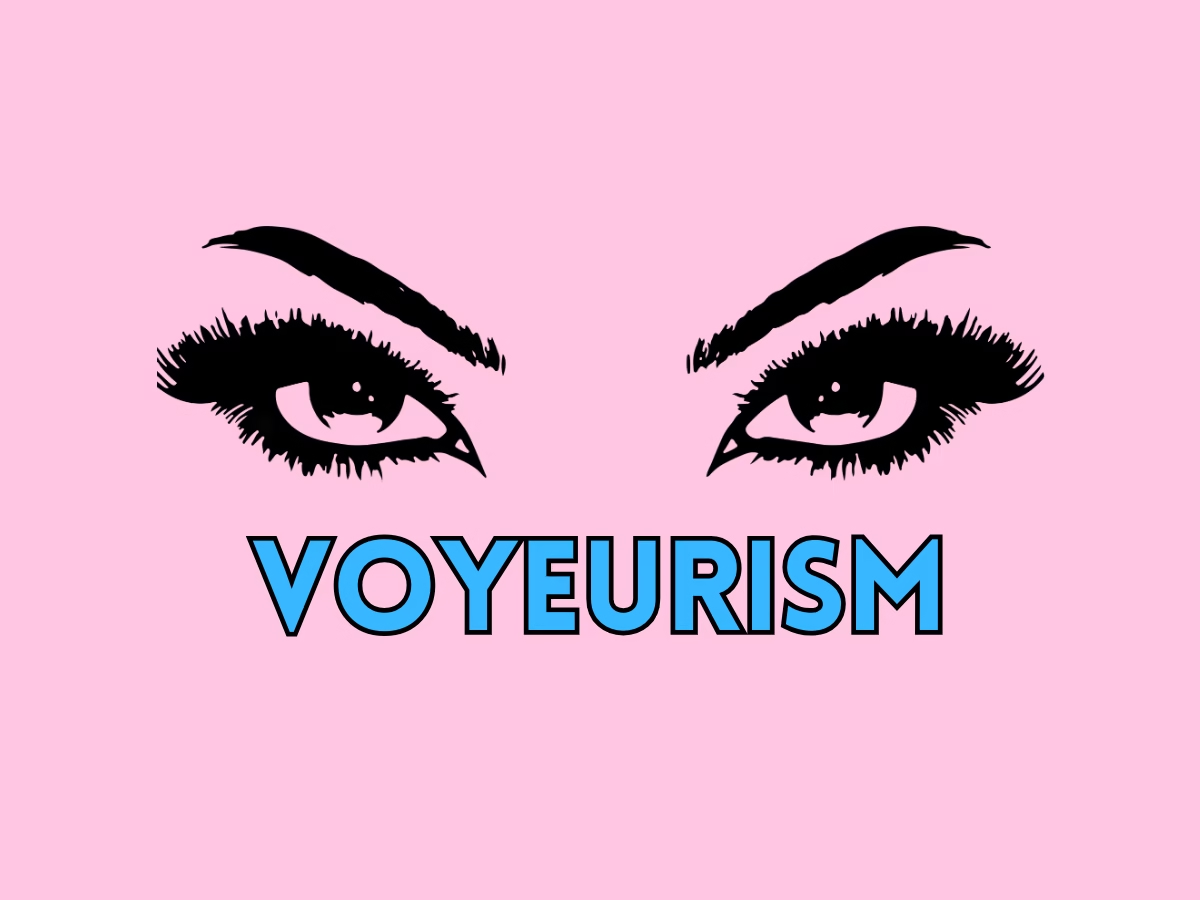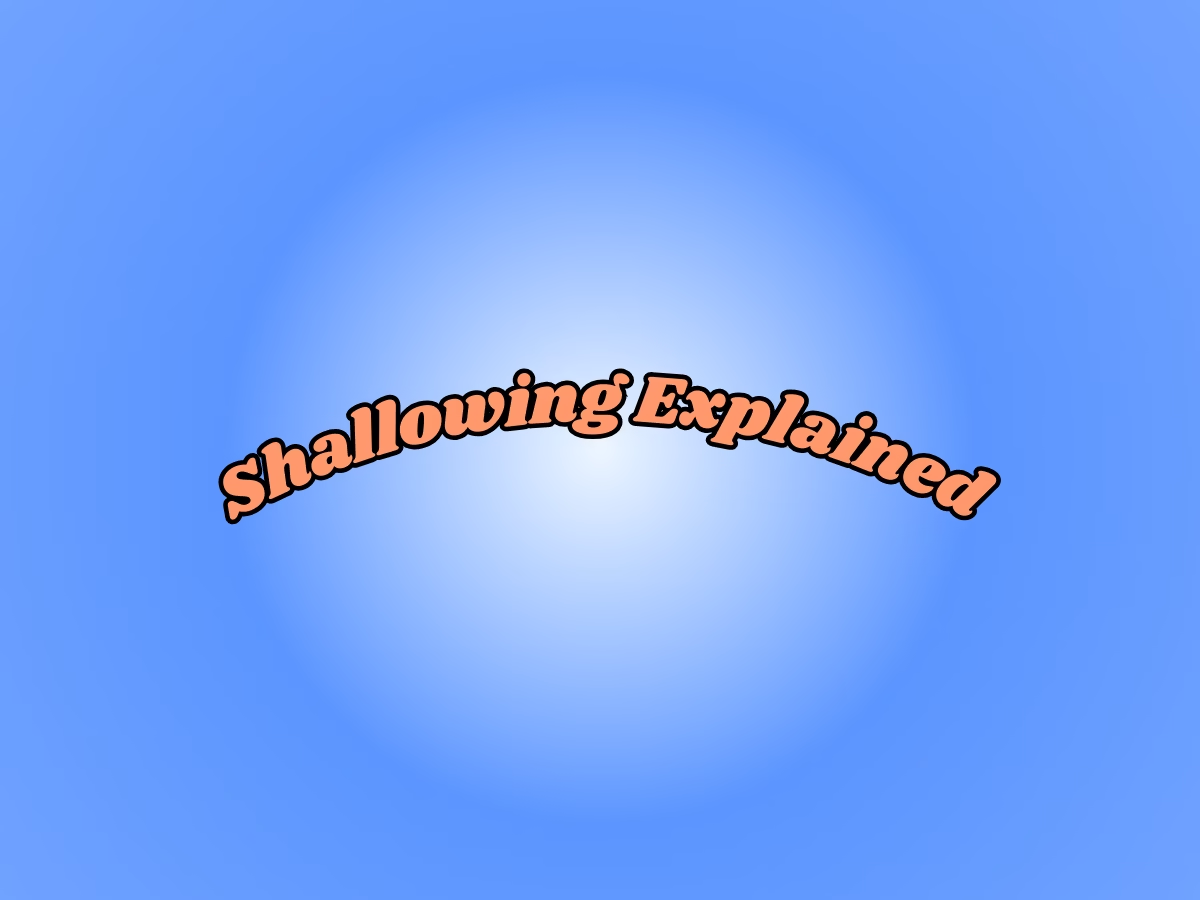Last Updated on July 21, 2025 by Lexi Kisses
Special Thanks to: Jennifer A. Vencill and Lauren Fogel Mersyor for their Wonderful Book on Desire that helped me write this.
Low and high libidos do not exist. Calling sexual desire “low” or “high” implies that there is a “right” amount of desire to feel about sex, and that’s just not true. The amount of desire that is felt around sex is unique to every individual and no amount or style is considered unhealthy.* When discussing desire, it’s more appropriate to use the terms spontaneous and responsive.
What is Spontaneous Sexual Desire?
Spontaneous Desire is the urge to have sex impulsively. Those who experience this type of desire do not require sexual context or stimuli to desire sex. They see the object of their desire and they want it.
Many people will experience this desire at some point, most notably at the beginning of relationships due to their temporary effects on our neurotransmitters.
Spontaneous Sexual desire is the most, if not only, type of desire we see in mainstream media.
What is Responsive Sexual Desire?
Responsive Desire is when the urge to have sex happens after external stimuli. The external stimuli can be taking a bath together, cuddling, watching a movie, going out on a date, etc.
For those who experience responsive desire, they may find that they want sex, but are not aroused nor feel desire towards it. This is because, for this type of desire, it has to be formulated.
There are 4 key components to formulating responsive desire; consent, pleasure, focus, and time. If 1 of these 4 components is lacking, it’s unlikely they will desire sex.
Consent is a requirement for all sex, in this case, we are talking about personal consent. Personal consent means that you are genuinely willing and open to pleasurable stimuli. Many of us give consent to our partners without actually asking ourselves if we are willing to experience pleasure.
A willingness to be stimulated is the first step in formulating desire.
Pleasure is the next. With responsive desire, the stimulation that you are experiencing must feel good to elicit the wanted response (arousal). If the stimulation is neutral or even painful, it will be counterproductive when formulating desire. Pleasurable touch is a must-have.
Focus is another key component when it comes to responsive desire. To fully experience pleasure, you must be mindful of your body’s sensations. If the brain is allowed to wander too much, anxious thoughts can come up and affect your ability to get aroused.
Taking too little or too much time can also have a negative effect on arousal. The amount of time it takes for someone to desire sex after stimulation can vary. For some people, it will only be a couple of moments for others, hours.
There is no right or wrong amount of time for it to take, and sometimes it may not happen at all, what matters most is that you’re keeping up with your own pace.
Final Thoughts
Sexual Desire is diverse, no two people experience it the same way and it changes throughout our lifetimes. Our age, hormones, environment, partners, etc can all affect the way we experience desire. Wants towards sex can be responsive, spontaneous, or nonexistent and that’s ok. There is no one right way to desire sex, and all levels of desire are valid and healthy.
*The way we respond to our sexual desires can be unhealthy. Wanting a lot of sex isn’t an issue, expecting others to match your desire is.







One comment on “Did You Know There Are Types Of Sexual Desire?”
Comments are closed.